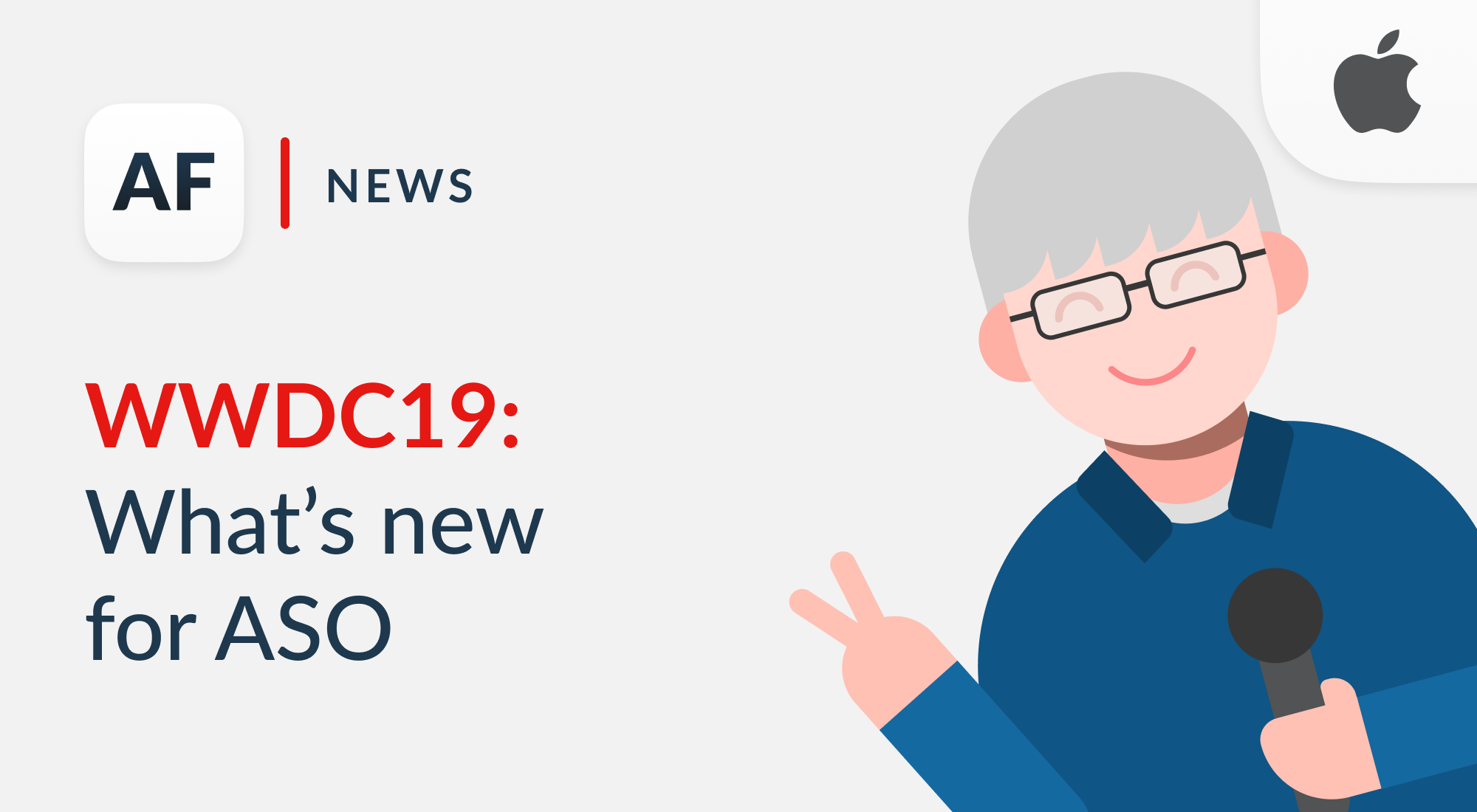How to Launch a Mobile Game in China: Tips from JoyPac

Table of Content:
China is the biggest mobile game market in the world, but lots of publishers face challenges approaching this market and avoid overlooking a potential goldmine. Our colleagues from GameAnalytics and JoyPac shared 7 most essential tips to keep in mind while launching in China.
Over the past few years the Chinese market has undergone astonishing growth yet, even so, the sheer potential of this market remains untapped by the majority of Western games developers. However, publishing in China comes with a range of challenges unique to the market.
To make things easier, many developers and publishers opt to work with local partners, like JoyPac, to help overcome certain pitfalls and gain access to this powerful economy effectively. In the past, working with Chinese-based companies has been a bit of a headache. There are many reasons for this, including cultural and language barriers, as well the more obvious difference time zones. Furthermore, signing contracts within Chinese jurisdiction leaves many companies with an unsafe feeling.
signup_boosting
Considering all of these challenges, combined with a lack of information and resources, more and more companies still consider conquering China’s massive market by themselves. But before you run head first into battle (sword and shield at the ready), we’ve highlighted some of the challenges below that studios and publishers tend to face when taking this route. Hopefully these tips shed some light on how you can easily overcome these hurdles.
Challenges you can face when trying to launch in China
1. Getting your government license approved
One of the most common challenges that you may already be aware of is last year’s blockade imposed by the Chinese government, preventing licenses being accepted for many new games.
While the government has taken a more open approach with licenses in early 2019, they abruptly stopped taking new applications (in order to work through the 5000+ titles still waiting to slowly wade through the system).
2. Understanding cultural no-no’s...
This is no kept secret, but censorship laws in China are considerably different to that of many Western nations. There’s some useful insight on this in Mobvista’s and GameAnalytics’ ‘Looking East: How to launch mobile games in China 2018’ report; a study of 400 western developers trying to break into the East. One of the toughest challenges identified in this report (66.7% agreed) was the regulation compliance in China, which basically means developers need to make sure their games aren’t overly violent, and localise their game sufficiently (this would explain the 5000+ backlog of games).
Where the line is drawn for this can be blurry for anyone new to the Chinese market, with rules being so much tighter than what we’re normally used to. Having a publisher by your side for this could save you a bunch of time, and prevent your game from being outright rejected.
3. ...and overcoming cultural differences
This is similar to the above ‘cultural no-no’s’ challenge, except now we’re looking at your game to see if it would actually appeal to the market, not just getting past their censorship barrier. All of your effort in your marketing and distribution strategy really can be for nothing if your game doesn’t actually click with players in the East.
This really depends on the type of game you have. Often, a hyper-casual title usually just needs a simple name change and translation of the basic text. But more detailed games might require an entire shift in premise. All in all, learning the faux pas of a different culture is time-consuming and fiddly, which is why working with a partner can not only be the safer route, but also save you even more time and money.

4. Applying for your game’s publication number
You may not be familiar with this one, but the fourth challenge you’re going to come across is applying for your game’s publication number.
Every developer, studio, or publisher is going to need a Publication Number in order to start the process (before your title can even be reviewed - no exceptions). And annoyingly, only a Chinese entity with the appropriate commercial license is allowed to apply for one of these – so partnering with a Chinese mobile games publisher is really the only way to move forward in this area.
This application is a complicated one, and can typically last from one to two months for locally developed games, and even three to four months for foreign game applications. And to give you a heads up — games considered to violate certain criteria will simply be rejected. This includes titles deemed threatening to the nation’s social order and unity, or titles that violate basic principles of the constitution.
5. Keeping your IP safe
As most of you may already be aware, intellectual property is an important issue in the world of game development and publishing. And this is even a bigger challenge for western developers looking to enter the Chinese market, as preventing game IP fraud here proves to be a tricky task.
This market has a reputation for brazen copycat companies and rip-off titles that have already replicated so many popular Western games. Protecting your IP is definitely the way to go if you’re looking to release your title in China, as a successful clone in this market could end up burning quite a large hole in your pocket.
If you want that extra protection against fraud in the East, then use a Publisher. A partner company will be familiar with your rights as a game developer, and have an understanding of the content of China’s IP law. They will be well positioned to assist in protecting the most important aspects of your game with trademarks, copyrights and patents, giving you peace of mind and potentially saving you thousands of dollars.
6. Figuring out the fragmented Android ecosystem
The next biggest problem is the extremely fragmented Android market, meaning developers need to cater to well over a dozen app stores in order to reach the majority of consumers – most with their own rules and SDKs (documented only in Chinese, in many cases).
Researching this alone can be painful (especially with the added language barrier). To save you time that could be better spent creating new and exciting games, speak to any partner that operates in China (we’re happy to jump on a call with you if you’re really struggling). They’ll be familiar with the Android market here, and honestly, can easily save you a headache.
7. Monetization of Chinese players
There’s another important issue that a lot of studios tend to overlook: the advent of new regulation, which is shaping the ways Chinese players can be monetized. The Chinese government has at many times voiced concern about the amount of time people spend playing mobile games, and how aggressively IAP reach into their digital wallets.
Check here how to choose the best mobile monetization strategy.
These are just a few frustrating issues for studios and publishers to overcome by themselves (especially with the time difference). Problems like these is what has inspired companies like JoyPac to build cross-culturally teams, effectively bridging the gap between West and East.
A new hope: shifting from mid-core to casual
Such digital entertainment laws, paired with rising user acquisition costs in the midcore sector, steer the attention to a trend that we have been getting all too familiar with in western markets. This trend has been talked about a lot over the past couple of years, and has been specifically popular with female gamers in China; the emergence of hyper-casual games (This may be due to them having a more casual playstyle on average).
Hyper-casual games can get you a step closer to China
As many of you already know, the typical session in a hyper-casual game tends to be short (often less than a minute). Most of these games are designed to be infinitely replayable, usually with a very simple scoring system to generate that “just one more go” feeling. UI is minimal, and the whole game is designed to be lightweight and quick.

The rise of these mostly ad-funded games offers an alternative to the more hardcore titles that generate millions from IAP, while also being a way to address the new restrictions on games being published in China. This is especially an opportunity for any Western developer and publisher that already has a portfolio of polished, successful games. Many such existing titles are already primed for a successful rekindling in the East — assuming the publishing process is handled properly in China.
This still takes hard work: good localization, an effective monetization and user acquisition strategy, and knowledgeable local partners. But the key point is that many studios might have an untapped source of revenue for their existing games. The only barrier here is getting your foot through the door.
--
As mentioned, the Chinese market is a competitive one, and can be tricky to overcome. JoyPac’s mission is to help studios from outside China gain access to this growing gaming economy — quickly and at scale. We strive to improve the experience of our players, while being a powerful business partner for the studios and publishers we cooperate with.








